Soar Design Studio Transforms a Residence into an Experimental Space for Students
Decades ago, urban housing was often designed with social components in mind, maintaining open corridors, lines of sight, and common spaces to give individuals the opportunity to befriend other people in their communities. Today, as desirable neighborhoods in big cities grow increasingly expensive and exclusive, these old structures are being replaced by buildings that prioritize privacy and a sense of sanctuary for the owners over community. The courtyards, terraces, and alleyways that once served as vital arteries for interaction are now walled in or shut off from each other, changing both the feel of the space and the fabric of the neighborhood.
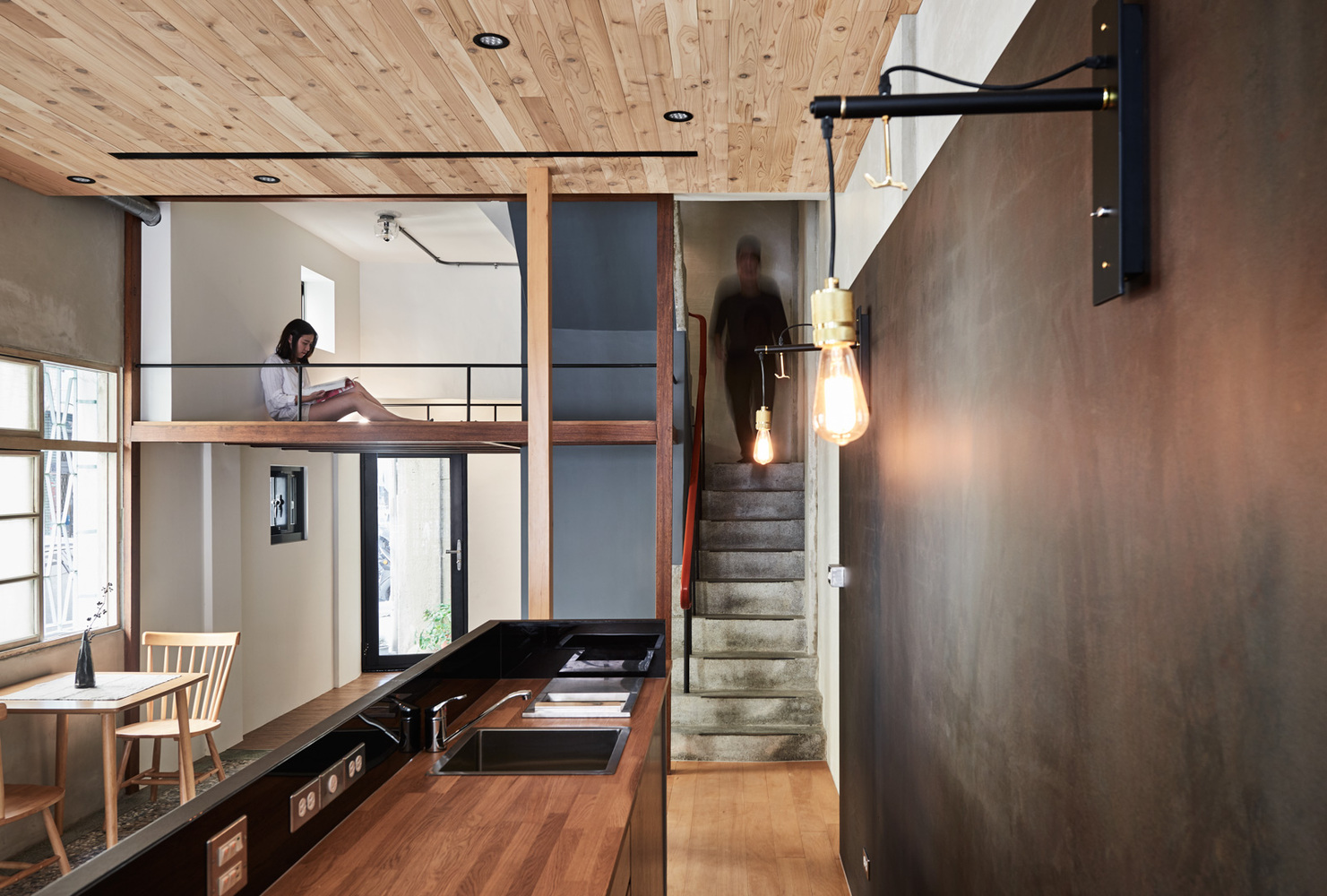
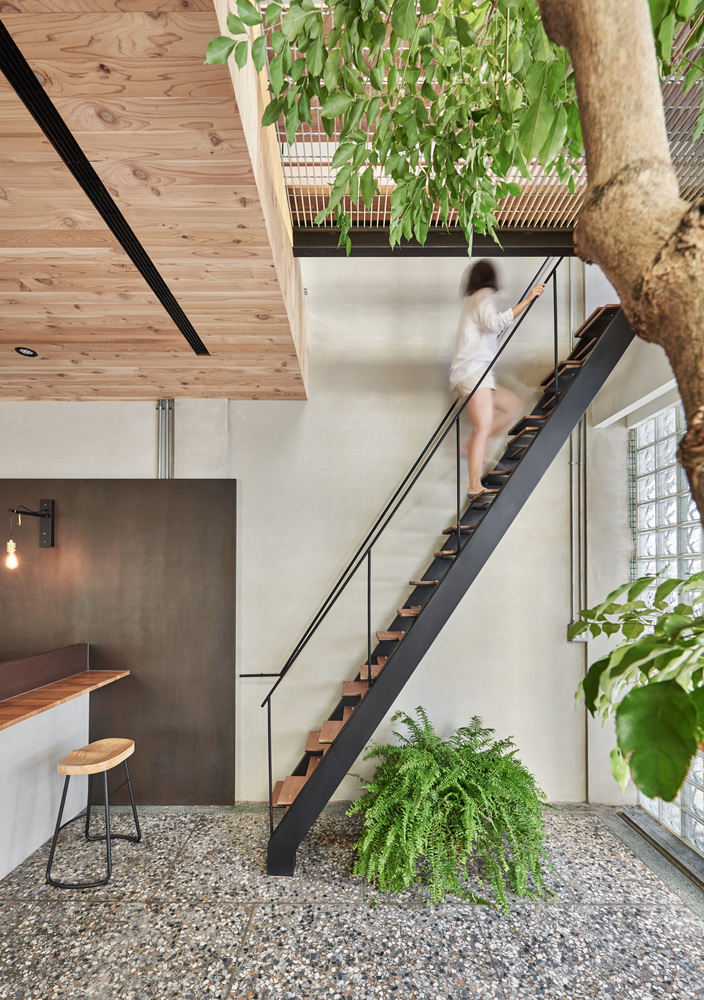
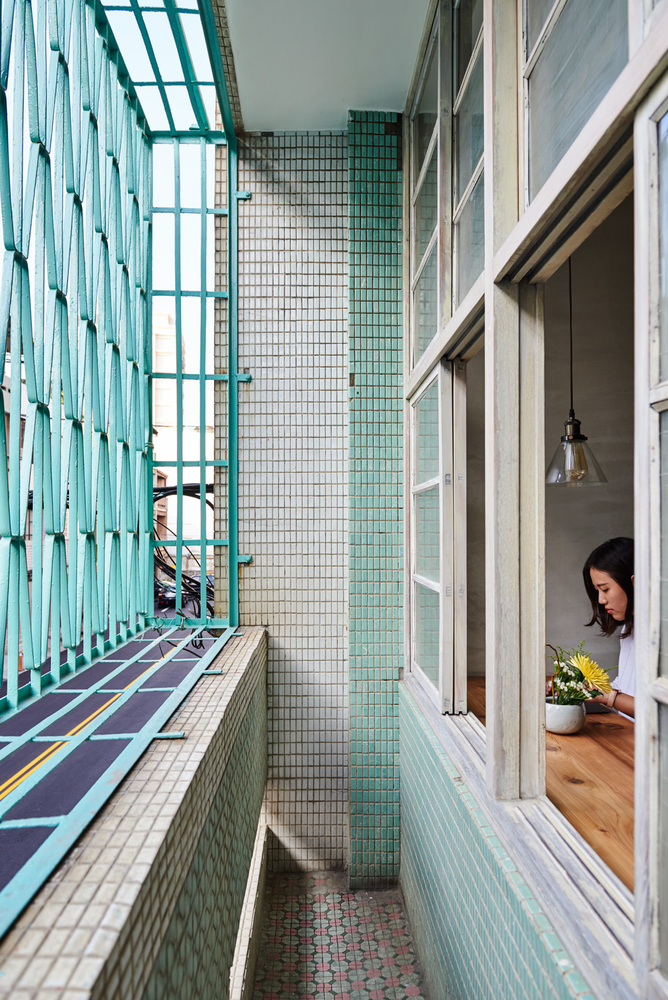
When a teacher with a love for old buildings purchased a vintage middle-class residential dwelling in Taiwan, he hoped to counteract that trend. He hired Soar Design Studio to renovate the townhouse on Zhongzheng Road into a space that would belong not just to him, but the community at large — all while preserving the characteristics that proudly put the building’s age and history on display.
From the outset of the project, the architects had to contend with a common problem in subtropical climates: the musty dampness that comes with enclosed interior spaces. They began by opening the slab of the second floor to create a double-height entry and a mini skywalk, with an open grille design offering access to the rooms above. An abundance of new windows and glass doors let natural light and fresh air stream in throughout the day.
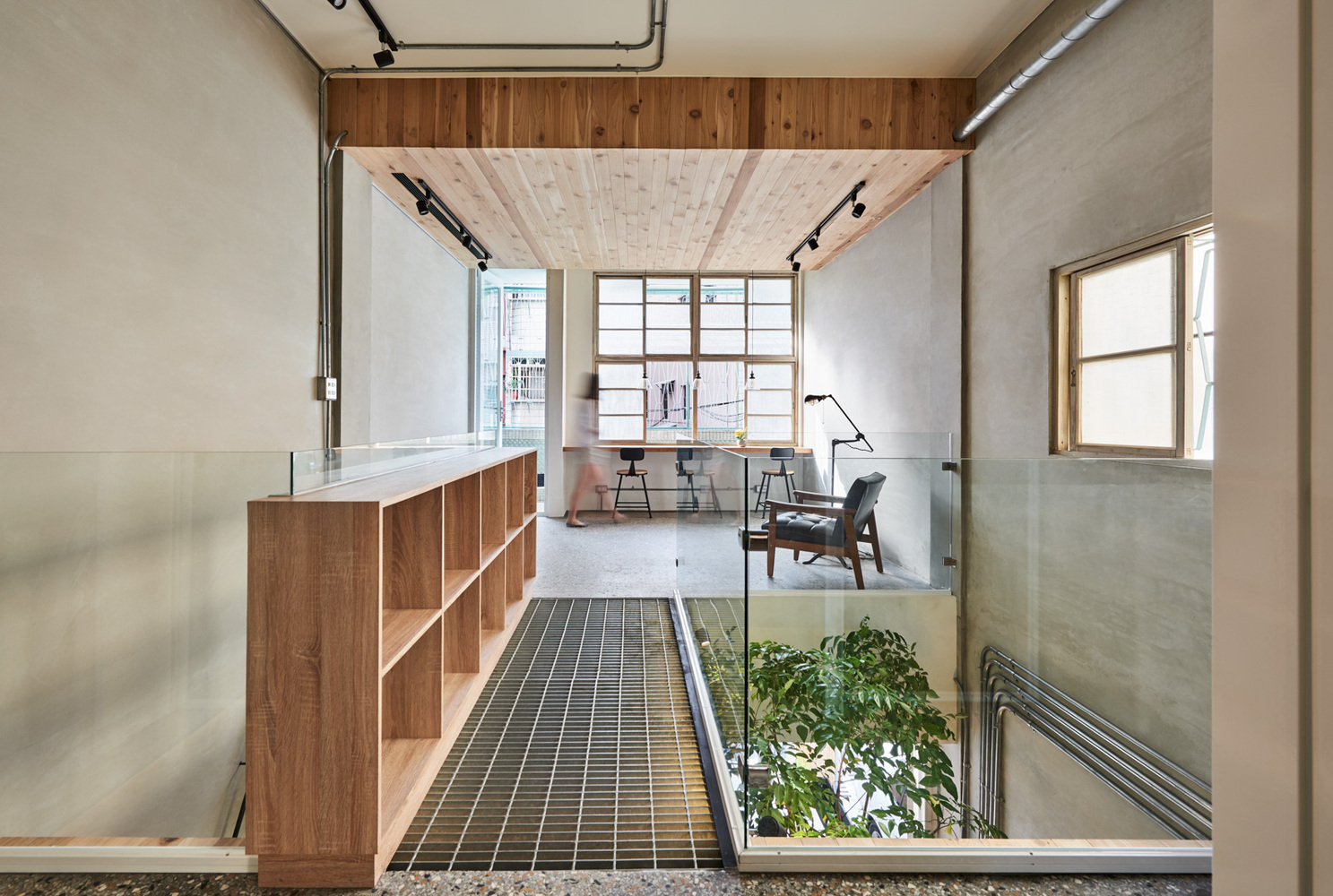
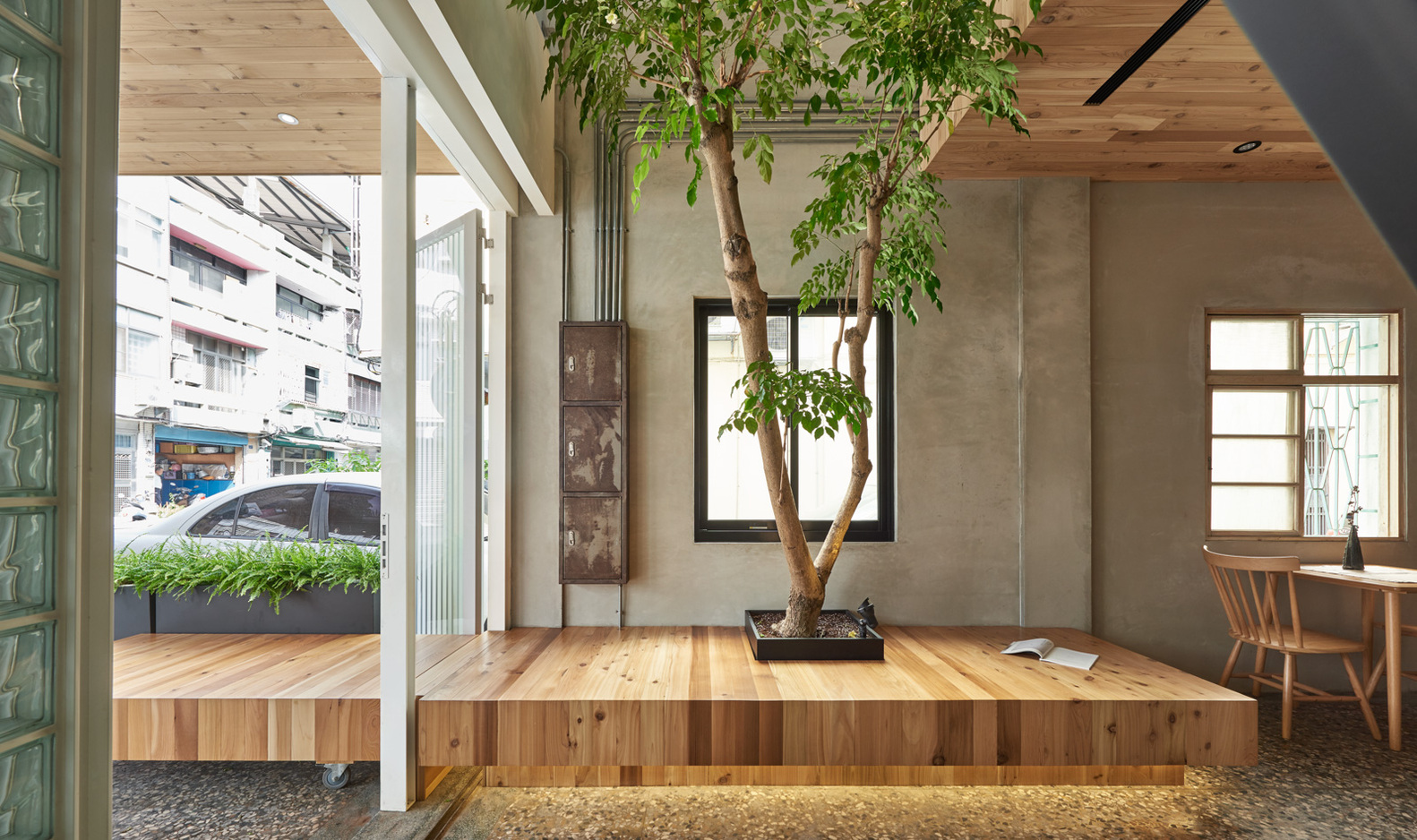
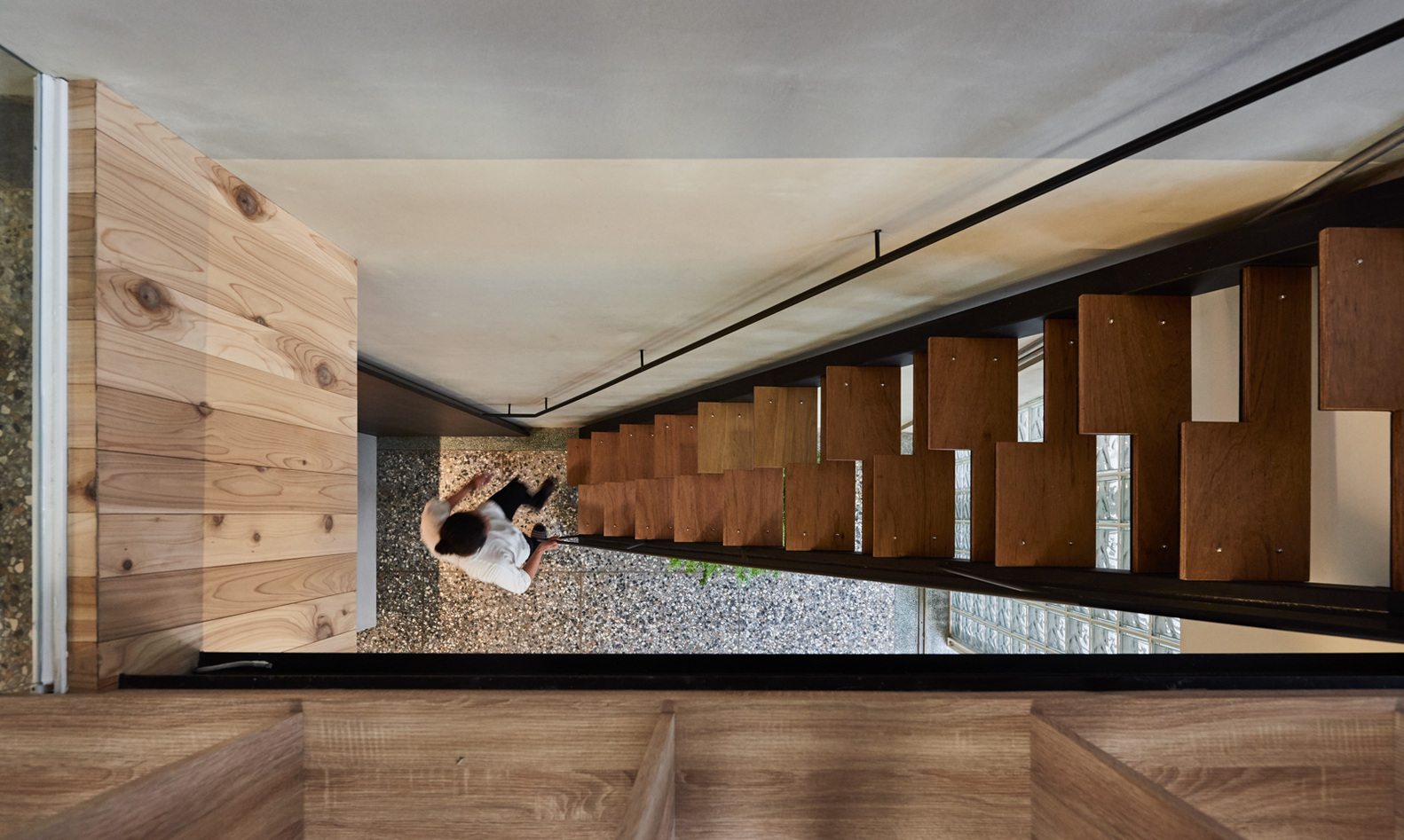
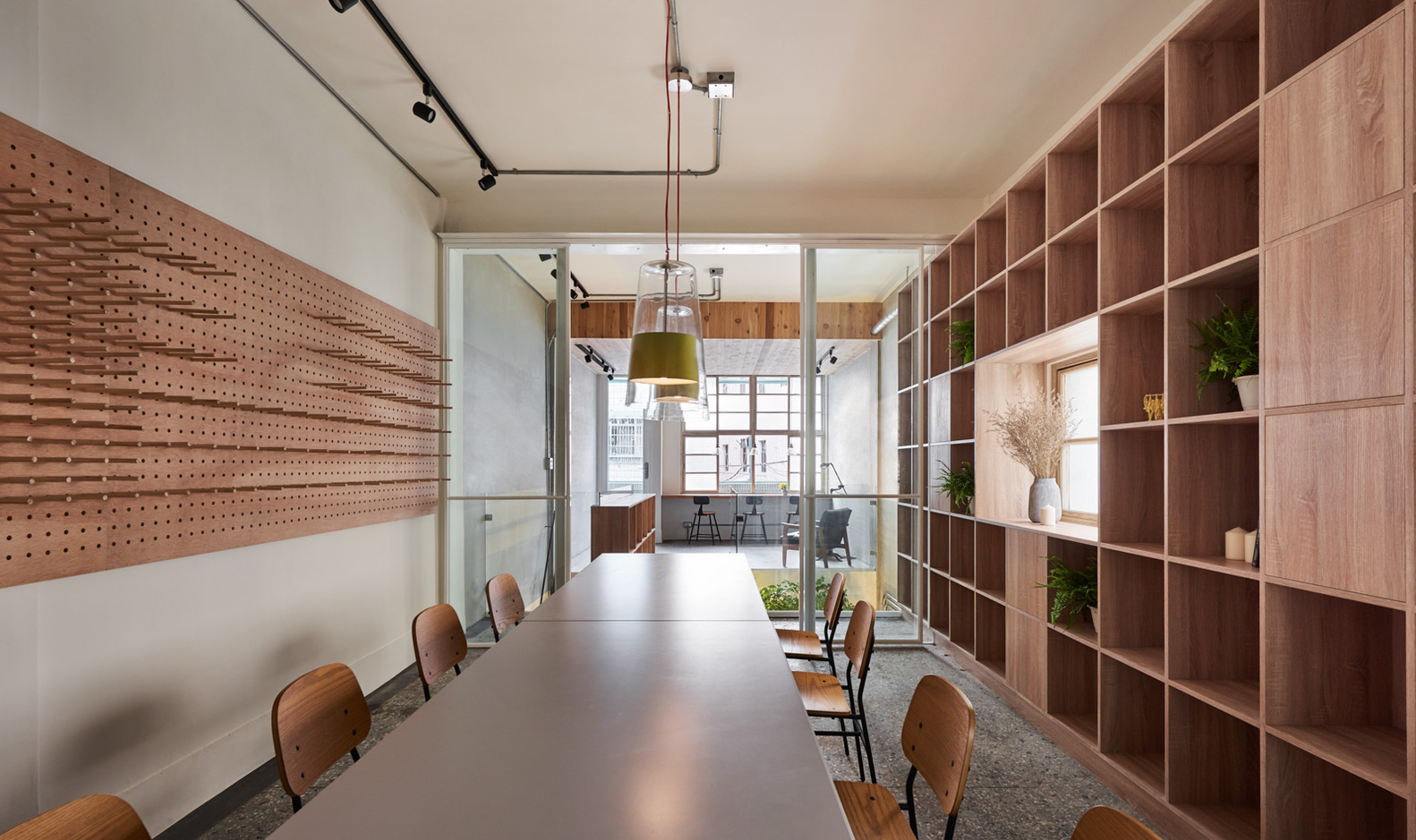
The addition of a large rainforest-type tree stretching from the first floor to the second helps the space feel fresh and connected to nature despite its urban location. The architects call it a “vertical light and wind atrium between the floors.”
Inside, Soar Design Studio focused on “converting the programmatic and physical shortcomings of the floor plan of such an elongated building into a modern dwelling of new and enriched living possibilities,” creating an open plan with a series of staggered platforms that encourage social interaction.

In addition to being a private residence for its owner, the townhouse now offers a series of educational labs for students, a café on its ground floor, and a that extends out into the entryway to create a “social corner” for visitors and passersby.
Outside, the building looks the same as it always has, other than the addition of a little glass here and there. The original tiles and decorative metal grille are still in place, allowing the home to remain in continuity with its neighbors and show its age.
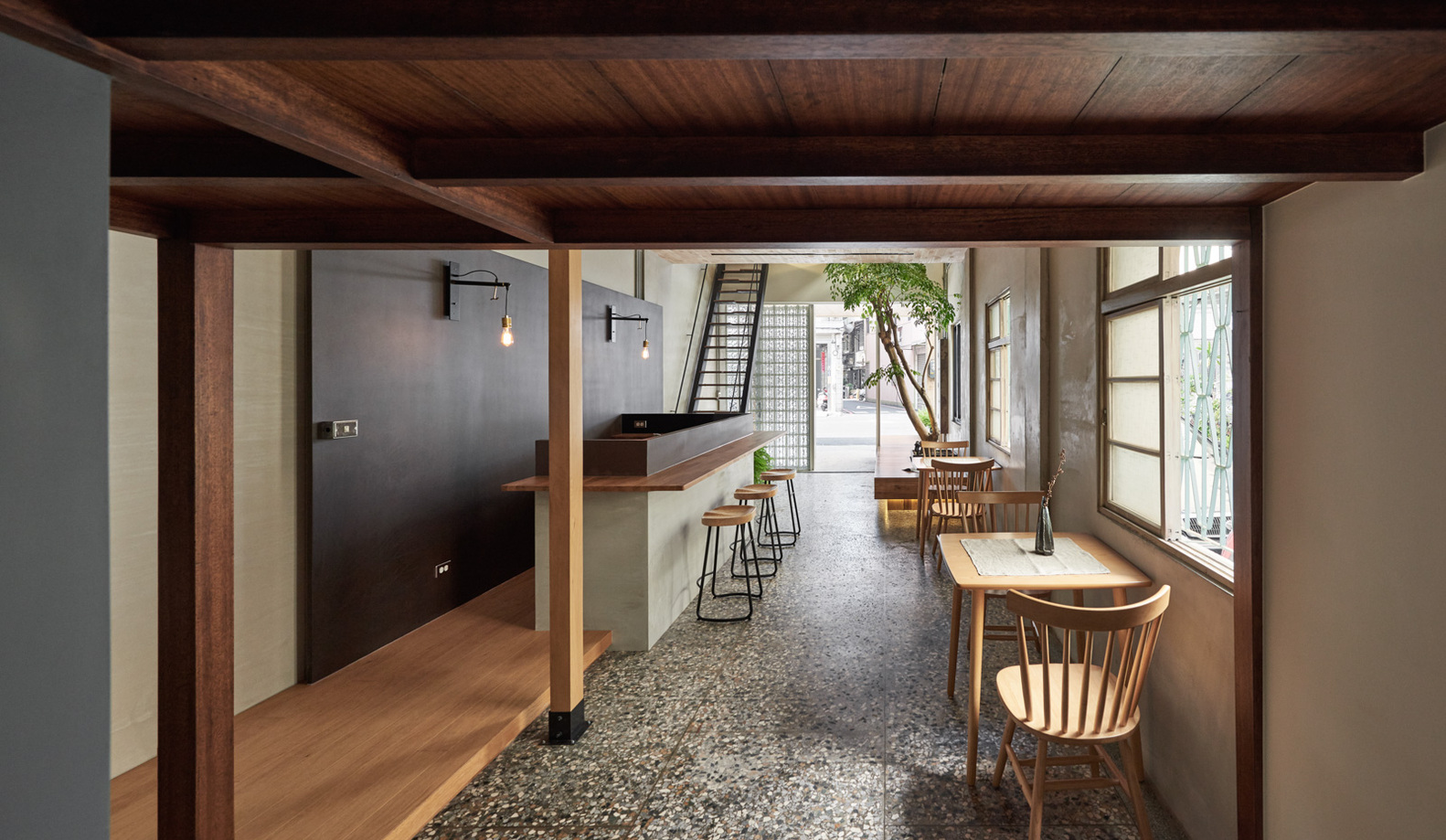
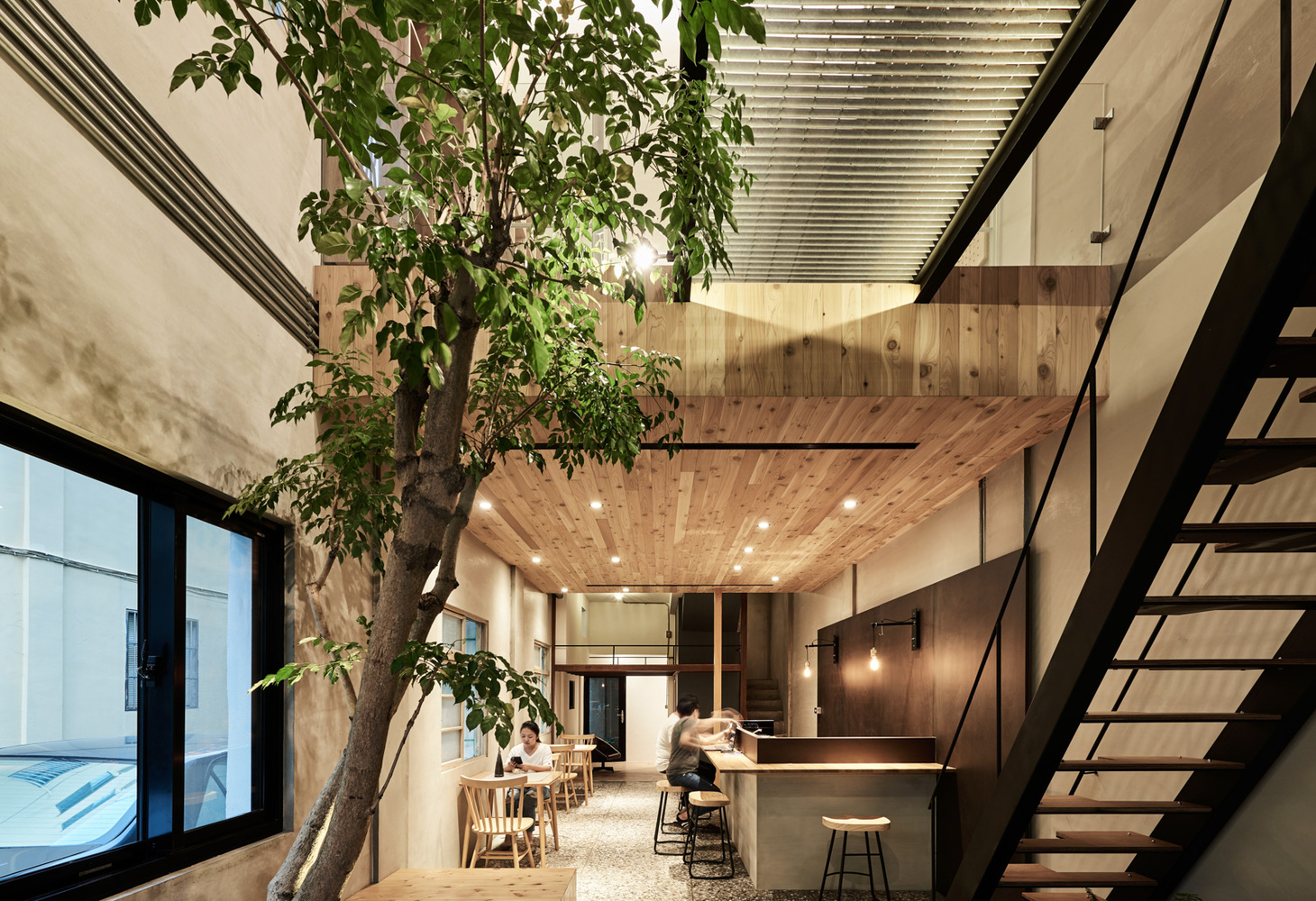
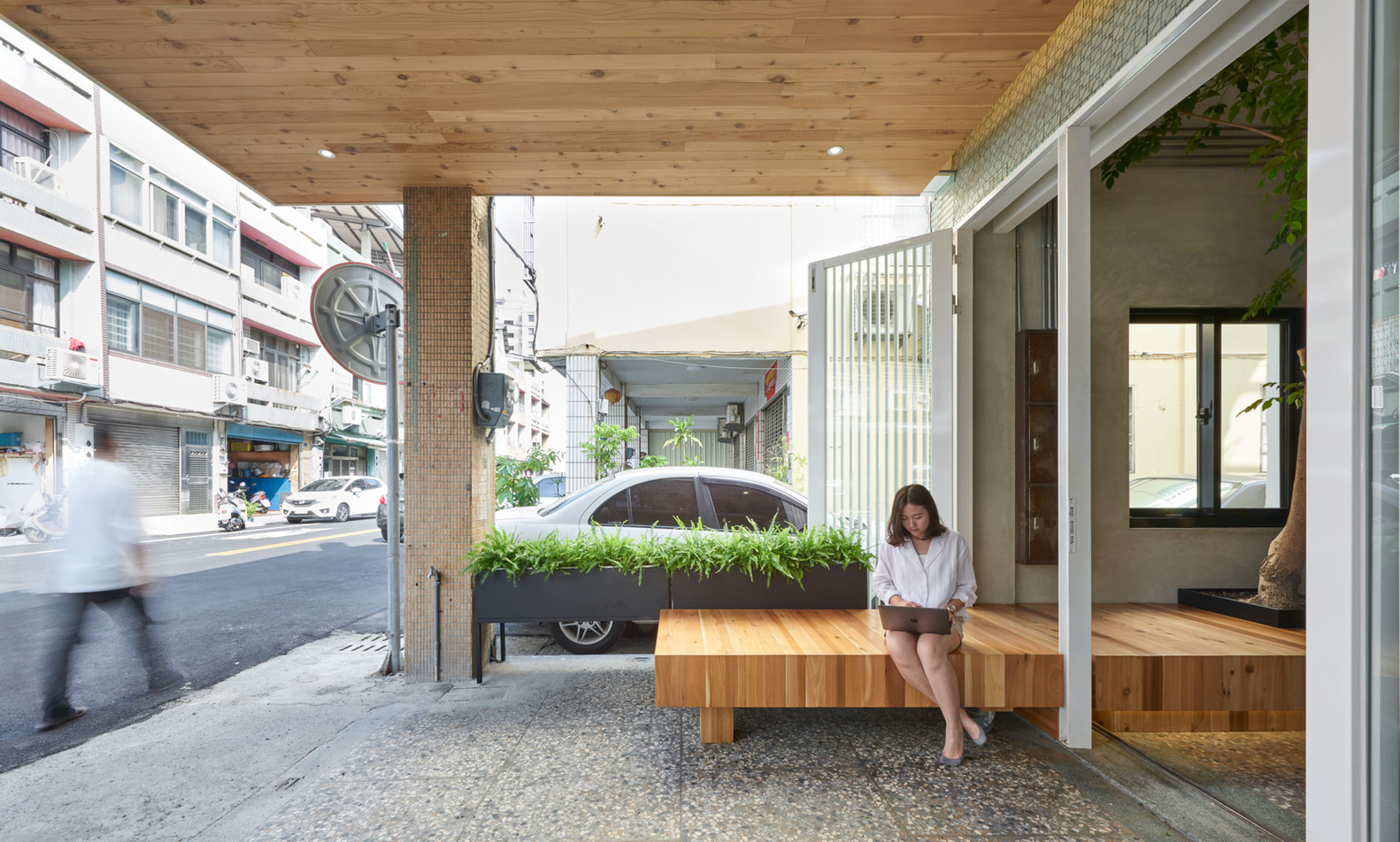
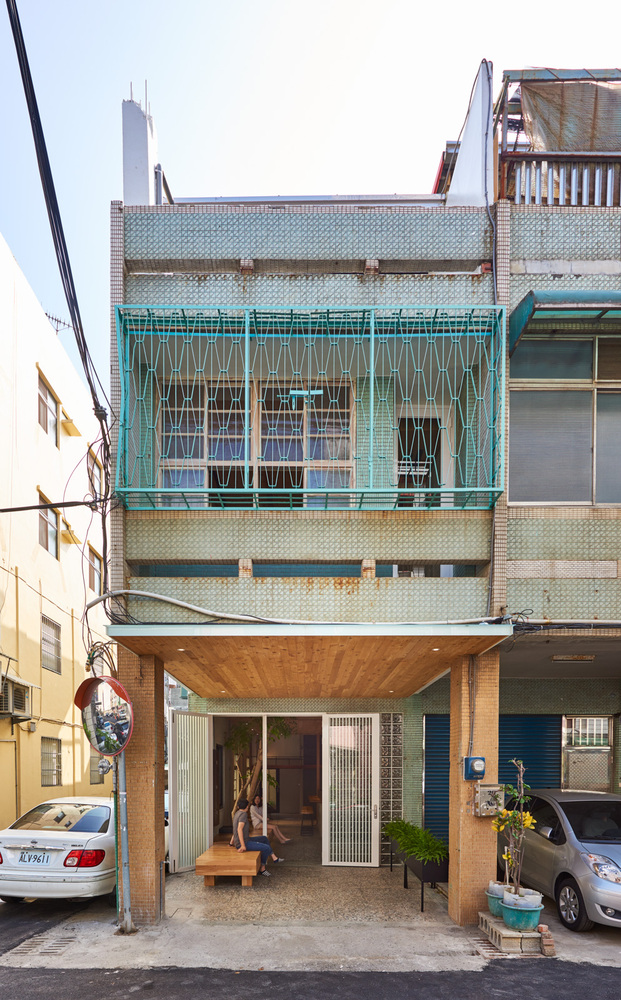
Sensitive renovation projects like this one help protect and celebrate the history of urban structures even as they evolve to meet the needs of contemporary residents. The space is more valuable to the community than it ever has been, but it also feels warmly familiar. Considering how quickly cities are physically changing these days, that’s no small achievement. “Corner 60’s,” as it’s known, was nominated for Learning Space of the Year at the 2018 Frame Awards.
All photos by Hey! Cheese




